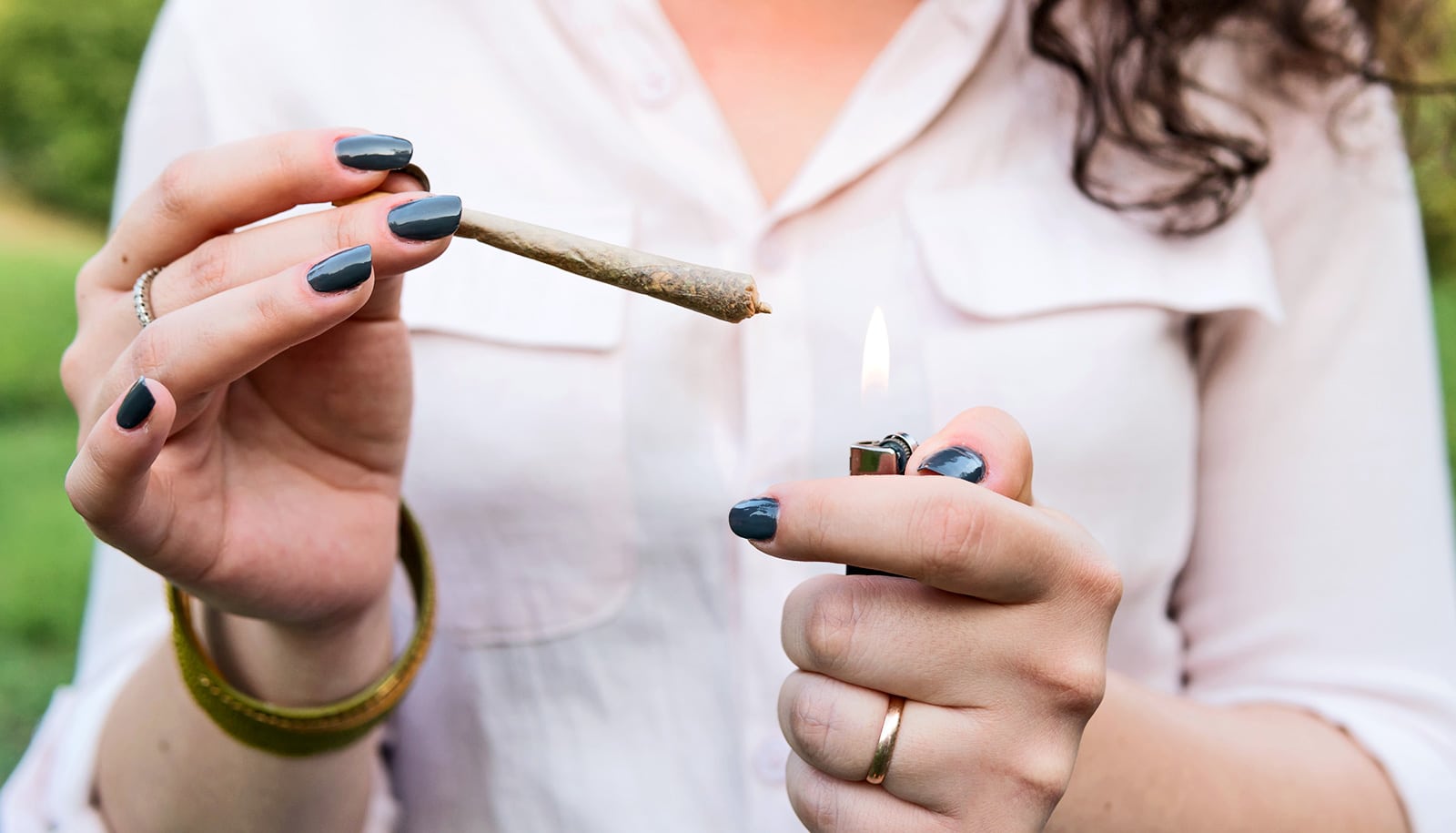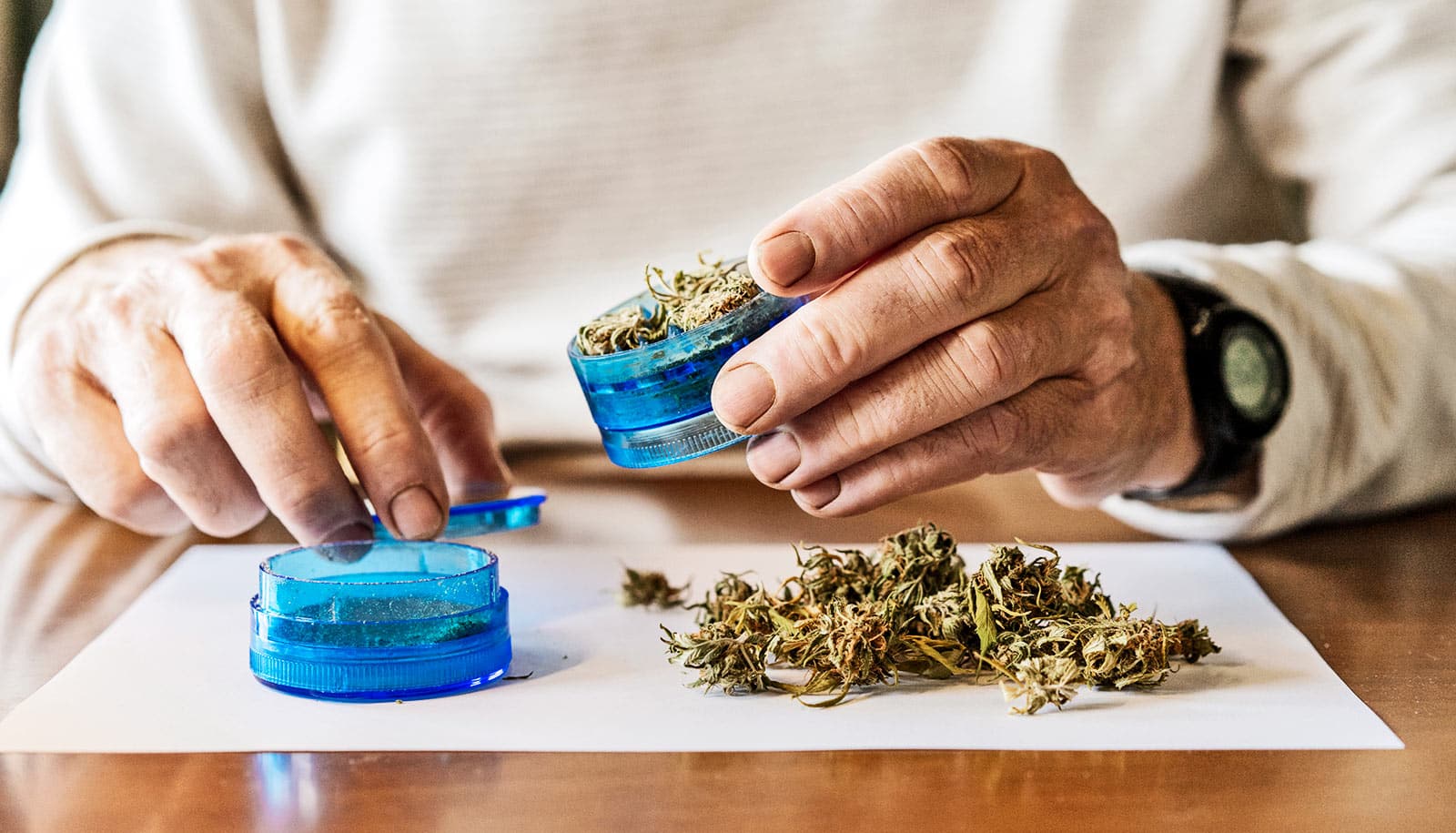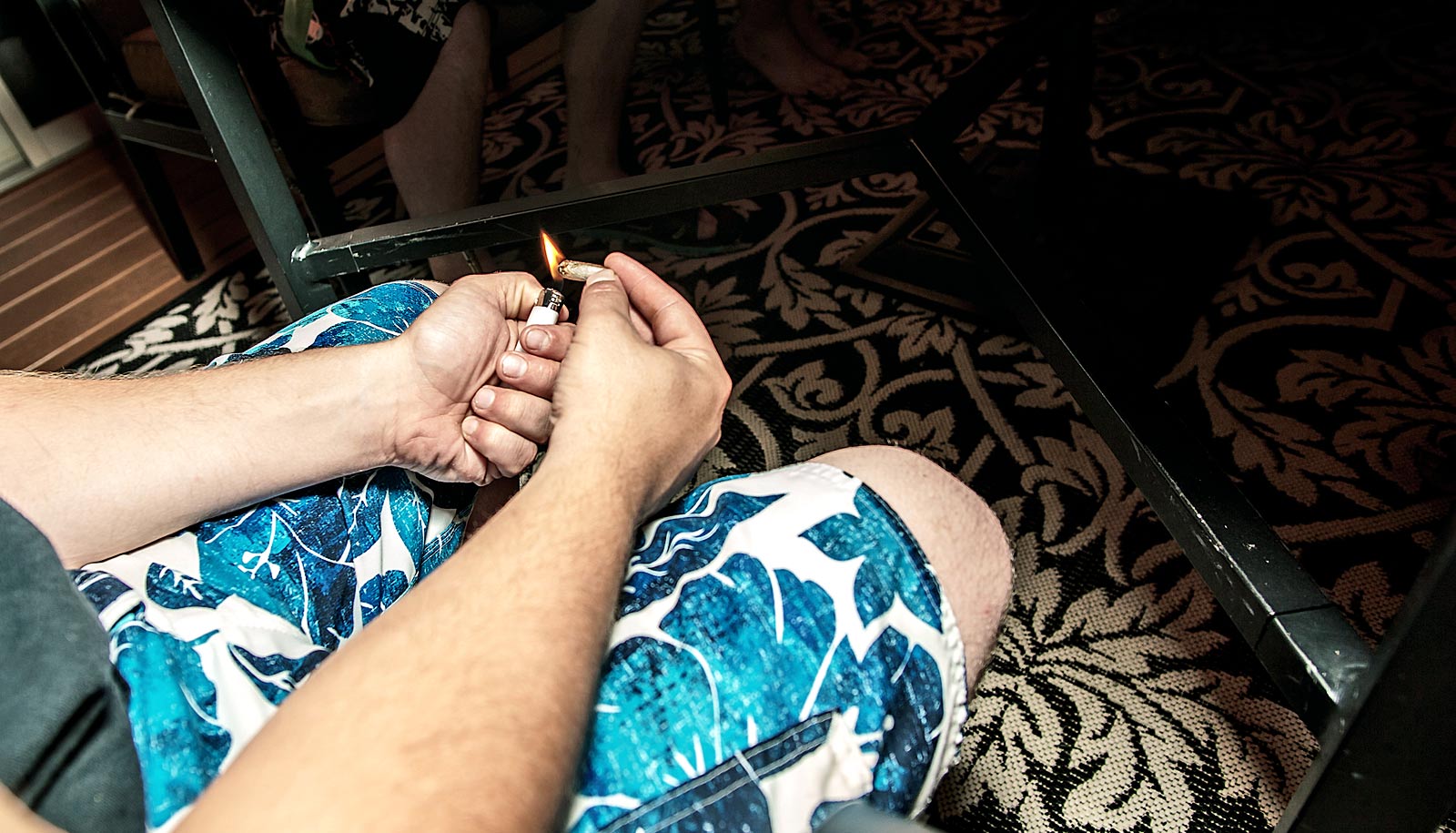New research surveyed teens over a six-month period to better understand their motives for using cannabis.
They found that teens who have more “demand” for cannabis (meaning they are willing to consume more when it is free and spend more overall to obtain it) are likely to use it for enjoyment.
Using cannabis for enjoyment (“to enjoy the effects of it”) was linked to using more of it and experiencing more negative consequences.
Teens who have more demand for cannabis were also likely to use it to cope (“to forget your problems”). Using cannabis to cope was linked to experiencing more negative consequences, as identified by the Marijuana Consequences Checklist.
Examples of negative effects include having trouble remembering things, difficulty concentrating, and acting foolish or goofy.
Cannabis—also called marijuana, pot, or weed—is the most used federally illegal drug in the United States. As of November 2023, 24 states and the District of Columbia have legalized cannabis for medicinal and recreational use. At the federal level, marijuana remains a Schedule One substance under the Controlled Substances Act.
“Understanding why adolescents use marijuana is important for prevention and intervention,” says Nicole Schultz, an assistant professor in the psychiatry and behavioral sciences department at the University of California, Davis and first author of the study published in the journal Psychology of Addictive Behaviors.
“We know that earlier onset of cannabis use is associated with the likelihood of developing a cannabis use disorder. It is important we understand what variables contribute to their use so that we can develop effective strategies to intervene early,” Schultz says.
Cannabis is the most used psychoactive substance among adolescents. In 2022, 30.7% of 12th graders reported using cannabis in the past year, and 6.3% reported using cannabis daily in the past 30 days.
The increased use is a public health concern, as cannabis can have significant impacts on teen health. A study earlier this year from Columbia University found teens who use cannabis recreationally are two to four times as likely to develop psychiatric disorders, such as depression and suicidality, than teens who do not use cannabis. Teens are also at risk for addiction or cannabis use disorder, where they try but cannot quit using cannabis.
When talking about prevention and intervention with addictive substances, it is essential to know why people use the substances, Schultz says.
“The reasons often change over time. At the beginning, someone might use a substance for recreational reasons but have different motives later when the substance has become a problem for them.”
For the study, the researchers used mediation analysis to focus on two motives: enjoyment and coping. They examined how these two motives explained the relationship between cannabis demand—a measure of how important or “reinforcing” cannabis is to the user—and cannabis-related outcomes, which included negative consequences and use.
Study participants were between the ages of 15 and 18. Participants completed an initial survey and follow-up surveys at three months and six months. High school students comprised 60.7% of the participants, and four-year college students comprised 24.7%. All lived in the greater metropolitan area of Seattle, where the legalized age for recreational cannabis use is 21 and older.
Of these participants, 87.6% identified as white, 19.1% as Asian or Asian American, 16.9% identified as Hispanic or Latinx, 4.5% as Black or African American, 3.4% as American Indian or Alaska Native, and 3.4% identified with another race. Participants could choose more than one selection for race.
The researchers found that greater cannabis demand was significantly associated with using cannabis for enjoyment. Using for enjoyment was also significantly associated with cannabis use for the young study participants.
“This finding makes sense because using for enjoyment is typically related to the initiation of use versus problematic use. And given the age of the participants in this study, they may have short histories of use,” Schultz says.
Being willing to consume more cannabis at no cost, spend more money on cannabis overall, and continue spending at higher costs was positively associated with using cannabis for coping reasons.
Participants who used cannabis for coping and enjoyment both reported experiencing negative consequences from cannabis use. These included feeling increased anxiety, making decisions that were later regretted, and getting in trouble with school or an employer.
The researchers note several limitations of the study, including a lack of diversity, with nearly 88% of the survey participants identifying as white. Another limitation was that the participants’ cannabis usage was self-reported. The study results may also be specific to regions like Seattle, where cannabis has been legalized for adults.
“The current study suggests that encouraging substance-free activities that are fun for adolescents and help adolescents cope with negative feelings may help them use less cannabis and experience fewer negative consequences from use,” says senior author Jason J. Ramirez, an assistant professor in the psychiatry and behavioral sciences department at the University of Washington.
Additional coauthors are from the University of Washington and Auburn University.
The Substance Abuse and Mental Health Services Administration has a website and a national hotline, at 1-800-662-4357, for individuals and families facing substance use disorders. Information about cannabis use disorder is available on the Centers for Disease Control webpage.
The National Institute on Drug Abuse and the National Institute on Alcohol Abuse and Alcoholism funded the work.
Source: UC Davis



